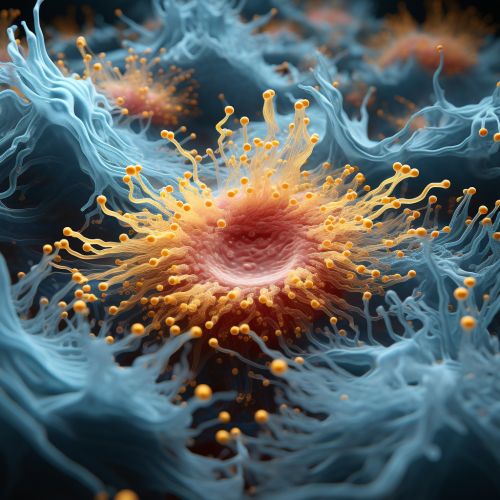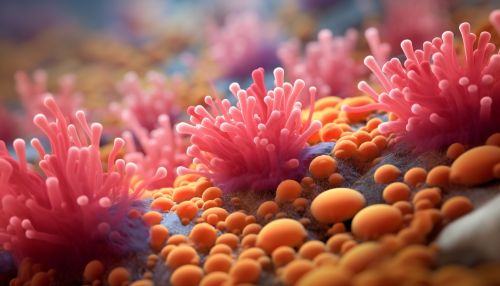Nitrogen-Fixing Bacteria
Introduction
Nitrogen is an essential element for all forms of life, but most organisms cannot use the nitrogen gas (N2) that makes up 78% of our atmosphere. Instead, they rely on a process called nitrogen fixation, which is primarily carried out by certain types of bacteria known as nitrogen-fixing bacteria. These bacteria have the unique ability to convert atmospheric nitrogen into forms that other organisms can use, such as ammonia (NH3) and nitrate (NO3-).


Types of Nitrogen-Fixing Bacteria
There are several types of nitrogen-fixing bacteria, including free-living bacteria in the soil, bacteria that live in symbiotic relationships with plants, and bacteria that live in extreme environments.
Free-Living Nitrogen-Fixing Bacteria
Free-living nitrogen-fixing bacteria, such as Azotobacter and Clostridium, are found in the soil and can fix nitrogen without the presence of a host plant. These bacteria are often found in nutrient-poor soils where they play a critical role in replenishing nitrogen levels.
Symbiotic Nitrogen-Fixing Bacteria
Symbiotic nitrogen-fixing bacteria, such as Rhizobium, Bradyrhizobium, and Frankia, form mutualistic relationships with plants, particularly legumes like peas, beans, and clover. These bacteria live in nodules on the roots of the plants and provide the plant with nitrogen in exchange for carbohydrates.
Nitrogen-Fixing Bacteria in Extreme Environments
Certain types of nitrogen-fixing bacteria, such as those in the genus Cyanobacteria, can live in extreme environments, including hot springs, deserts, and the Arctic tundra. These bacteria are often photosynthetic and can fix nitrogen in environments where other organisms cannot survive.
Nitrogen Fixation Process
The process of nitrogen fixation involves the conversion of atmospheric nitrogen (N2) into ammonia (NH3), a form that can be used by other organisms. This process is carried out by the enzyme nitrogenase, which is only found in nitrogen-fixing bacteria.
The nitrogenase enzyme is extremely sensitive to oxygen, so nitrogen-fixing bacteria have developed various strategies to protect it. For example, in symbiotic bacteria, the plant host provides a low-oxygen environment within the root nodules. In free-living bacteria, specialized cells called heterocysts provide a protective environment for nitrogenase.
Role in the Nitrogen Cycle
Nitrogen-fixing bacteria play a crucial role in the nitrogen cycle, the process by which nitrogen is converted between its various chemical forms. This cycle is fundamental to life on Earth, as nitrogen is a key component of amino acids, proteins, and DNA.
By converting atmospheric nitrogen into a usable form, nitrogen-fixing bacteria contribute to the 'fixation' part of the nitrogen cycle. The nitrogen they produce is then available for uptake by other organisms, contributing to the 'assimilation' part of the cycle. When these organisms die and decompose, the nitrogen is returned to the soil in a process known as 'mineralization', completing the cycle.
Importance in Agriculture
Nitrogen-fixing bacteria are of great importance in agriculture, where they are used to improve soil fertility and crop yield. The use of these bacteria, particularly in symbiosis with legume crops, reduces the need for synthetic nitrogen fertilizers, which are costly and can have negative environmental impacts.
In addition to their role in nitrogen fixation, these bacteria can also promote plant growth in other ways. For example, they can produce plant hormones, solubilize phosphorus, and protect plants from pathogens.
Future Research Directions
Despite the importance of nitrogen-fixing bacteria, many aspects of their biology and ecology remain poorly understood. Future research in this field may focus on understanding the diversity of these bacteria, their interactions with plants and other microbes, and their responses to environmental changes. Such knowledge could lead to the development of more sustainable agricultural practices and contribute to global food security.
